Remote Sensing of the Terrestrial Hydrologic Cycle
Latent heat flux (LE) and the corresponding water vapor lost from the Earth’s surface to the atmosphere, which is called Evapotranspiration (ET), is one of the key processes in the water cycle and energy balance of the global climate system. Satellite remote sensing is the only feasible technique to estimate LE over a large-scale region. While most of the previous satellite LE methods are based on the optical vegetation index (VI), here we propose a microwave-VI (EDVI) based LE algorithm which can work for both day and night time, and under clear or non-raining conditions. This algorithm is totally driven by multiple-sensor satellite products of vegetation water content index, solar radiation, and cloud properties, with some aid from a reanalysis dataset.
Only logged in customers who have purchased this product may leave a review.
Related products
Sustainable Use of Soils and Water: The Role of Environmental Land Use Conflicts
Sustainable Use of Soils and Water: The Role of Environmental Land Use Conflicts
Soil Water and Agronomic Productivity
supply for supplemental irrigation. Global water use for agriculture,.as a percentage of the total water
use,was 81.4% in 1900, 72.3% in 1950, 68.2% in 1975, and 56.7% in 2000. Global water use for urban
purposes (km 3/year) was 20 in 1900, 60 in 1950, 150 in 1975, and 440 in 2000. Similarly, global water
use (km 3/year) for industrial purposes was 30 in 1900, 190 in 1950, 630 in 1975, and 1900 in 2000
Availability of water for irrigation is also constrained by the diversion to fossil fuel production
and eutrophication/pollution of water resources. One liter of bioethanol production requires 3500L
of fresh water. Thus, there is a strong and prime need for conserving, recycling, and improving soil-
water resources to meet the food demands of the growing world population.
Soil Water and Agronomic Productivity
supply for supplemental irrigation. Global water use for agriculture,.as a percentage of the total water
use,was 81.4% in 1900, 72.3% in 1950, 68.2% in 1975, and 56.7% in 2000. Global water use for urban
purposes (km 3/year) was 20 in 1900, 60 in 1950, 150 in 1975, and 440 in 2000. Similarly, global water
use (km 3/year) for industrial purposes was 30 in 1900, 190 in 1950, 630 in 1975, and 1900 in 2000
Availability of water for irrigation is also constrained by the diversion to fossil fuel production
and eutrophication/pollution of water resources. One liter of bioethanol production requires 3500L
of fresh water. Thus, there is a strong and prime need for conserving, recycling, and improving soil-
water resources to meet the food demands of the growing world population.


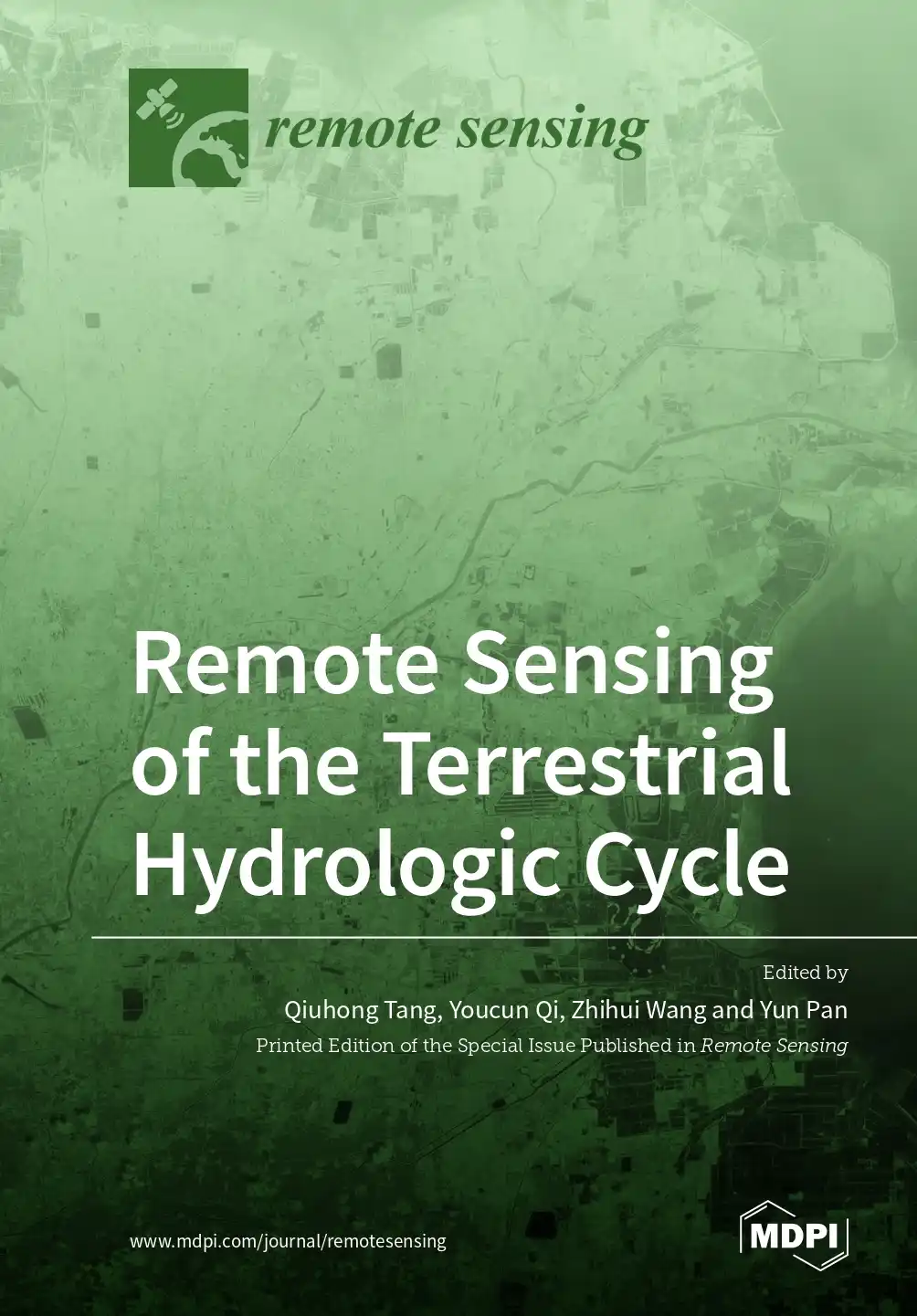


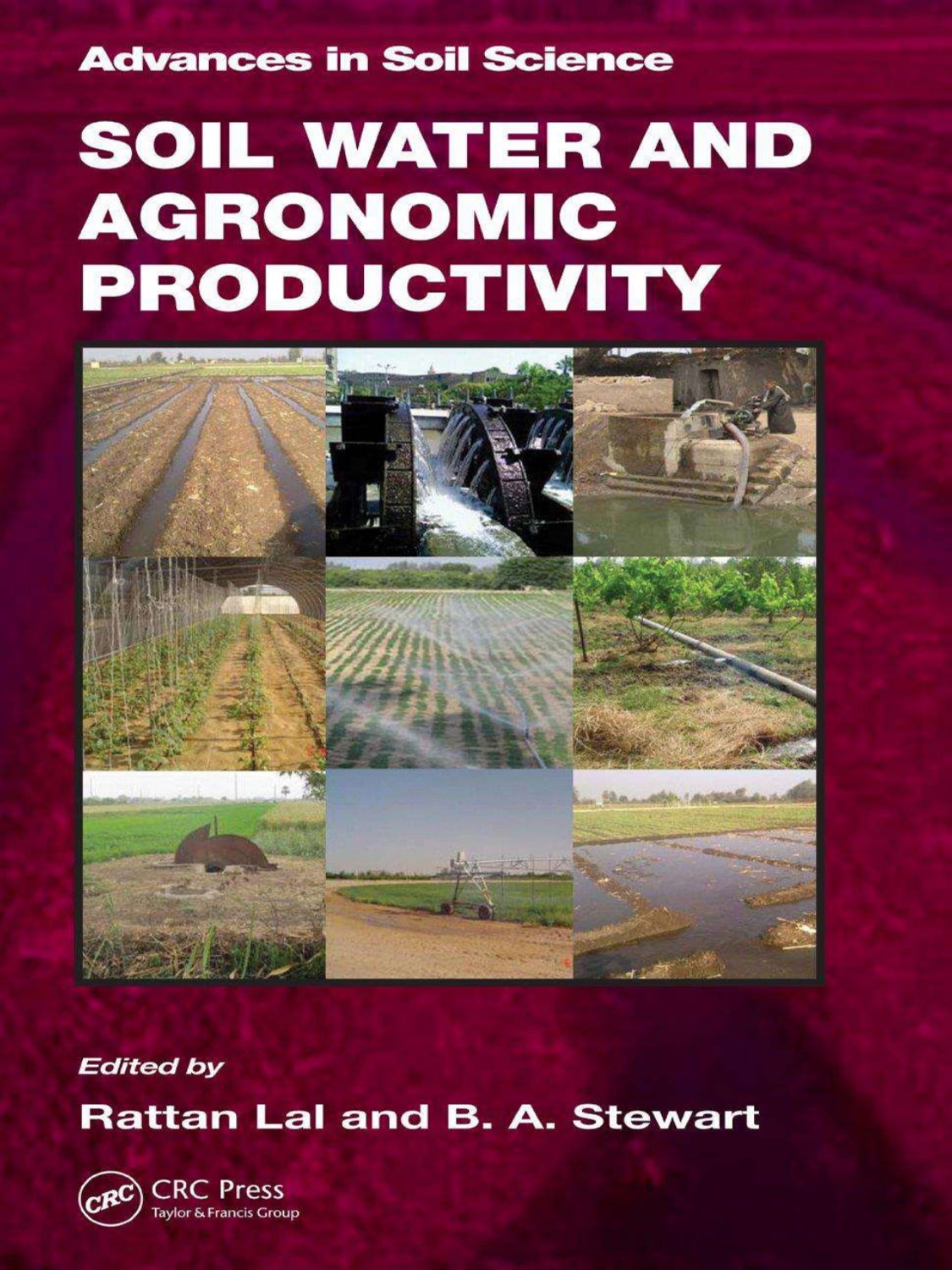
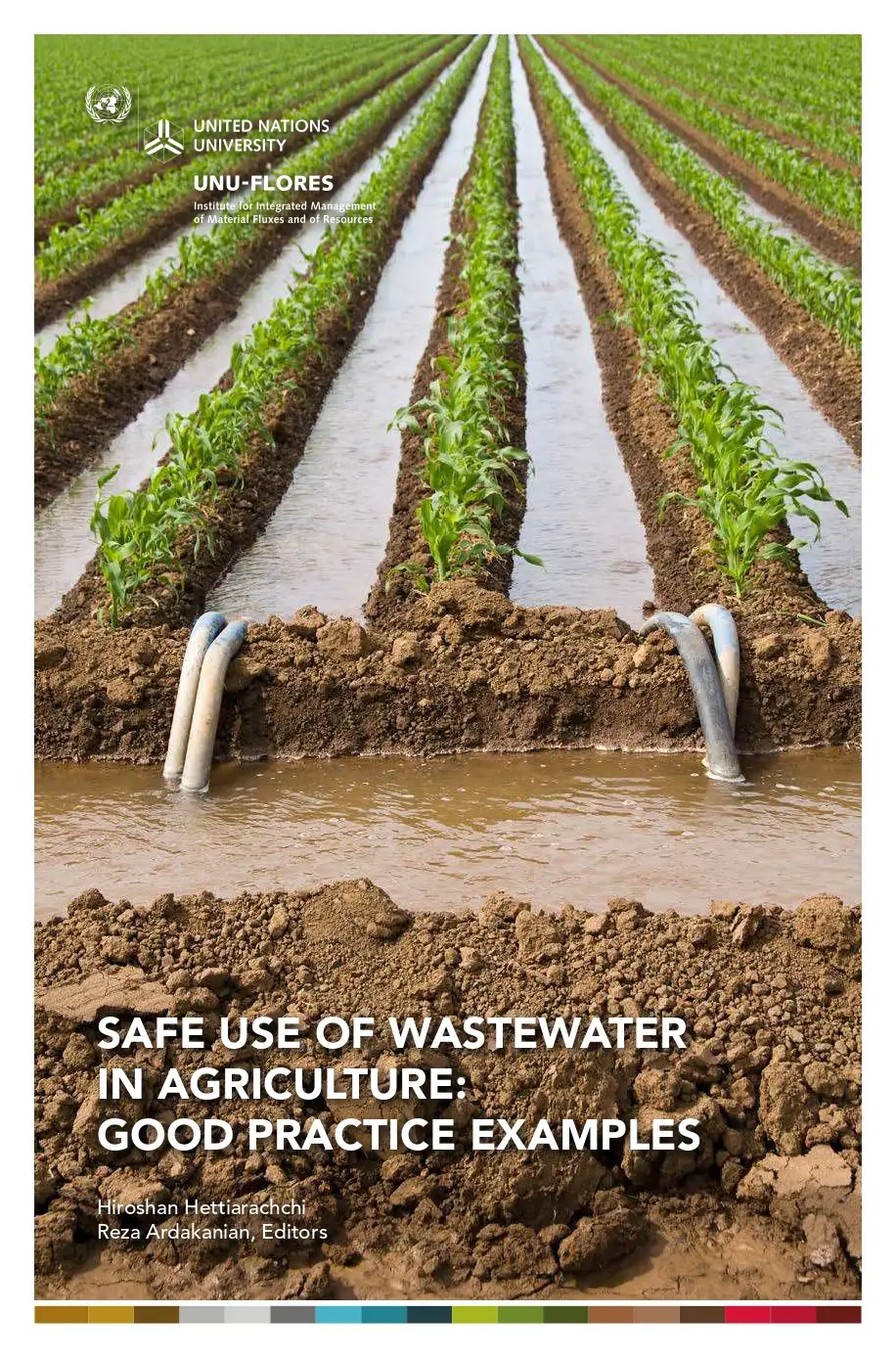


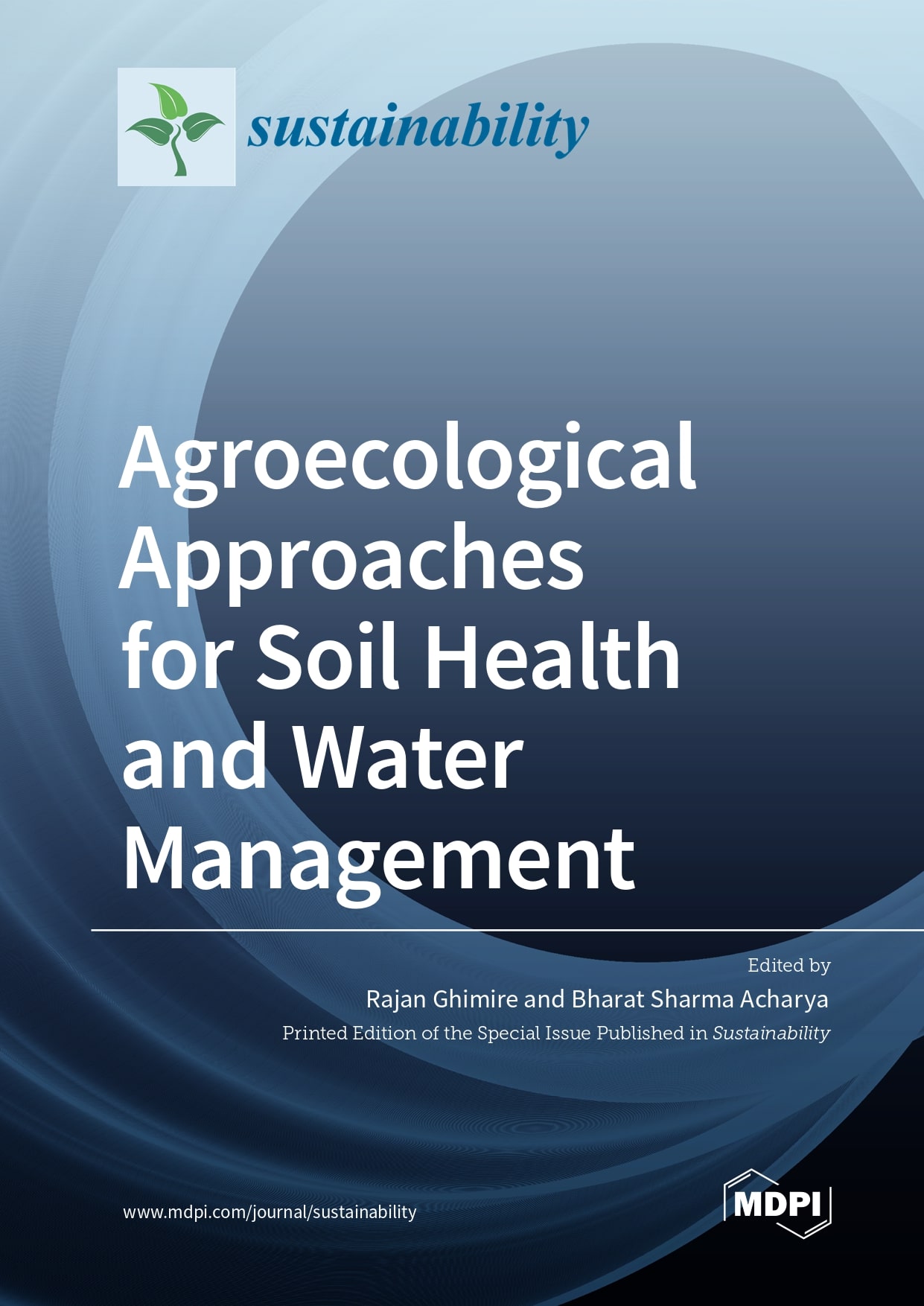

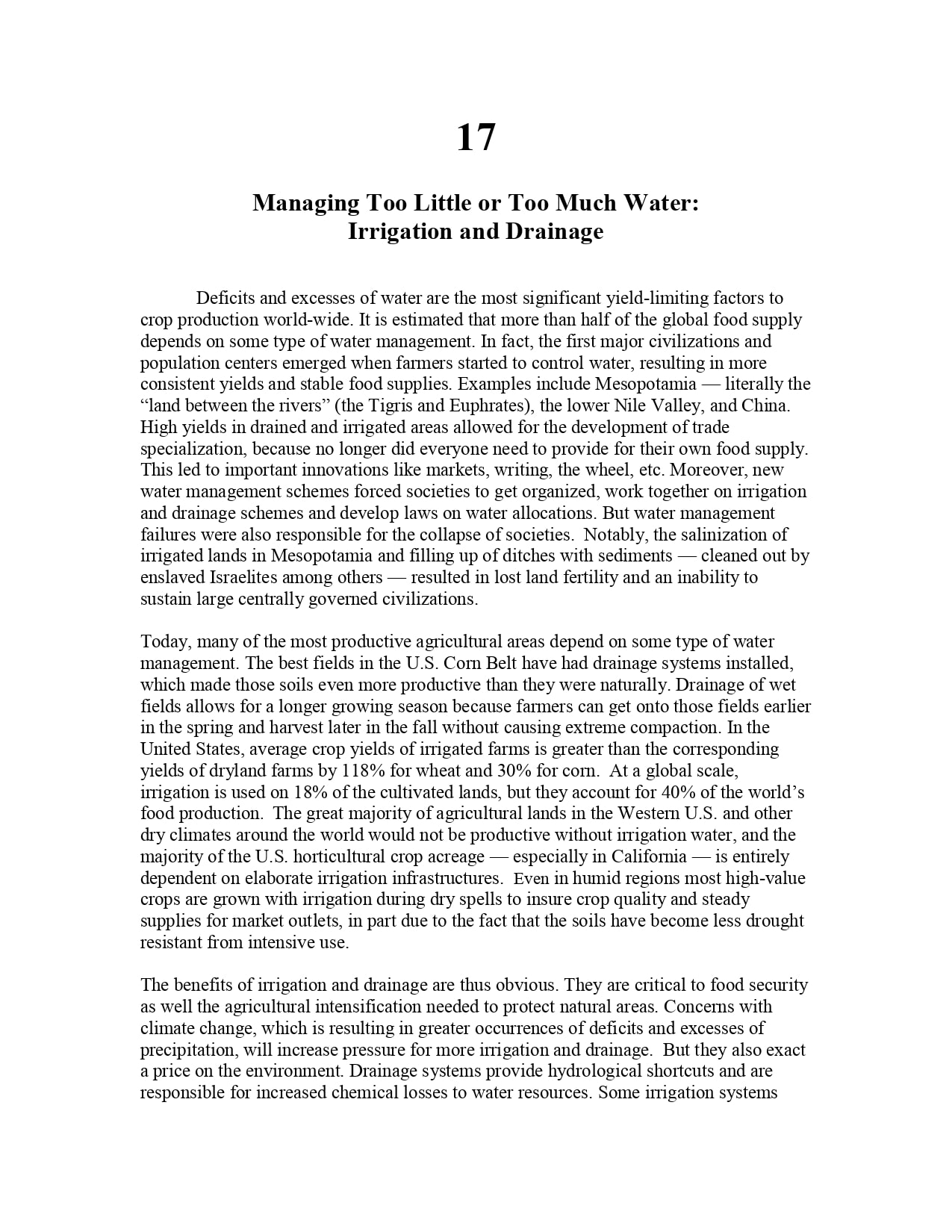

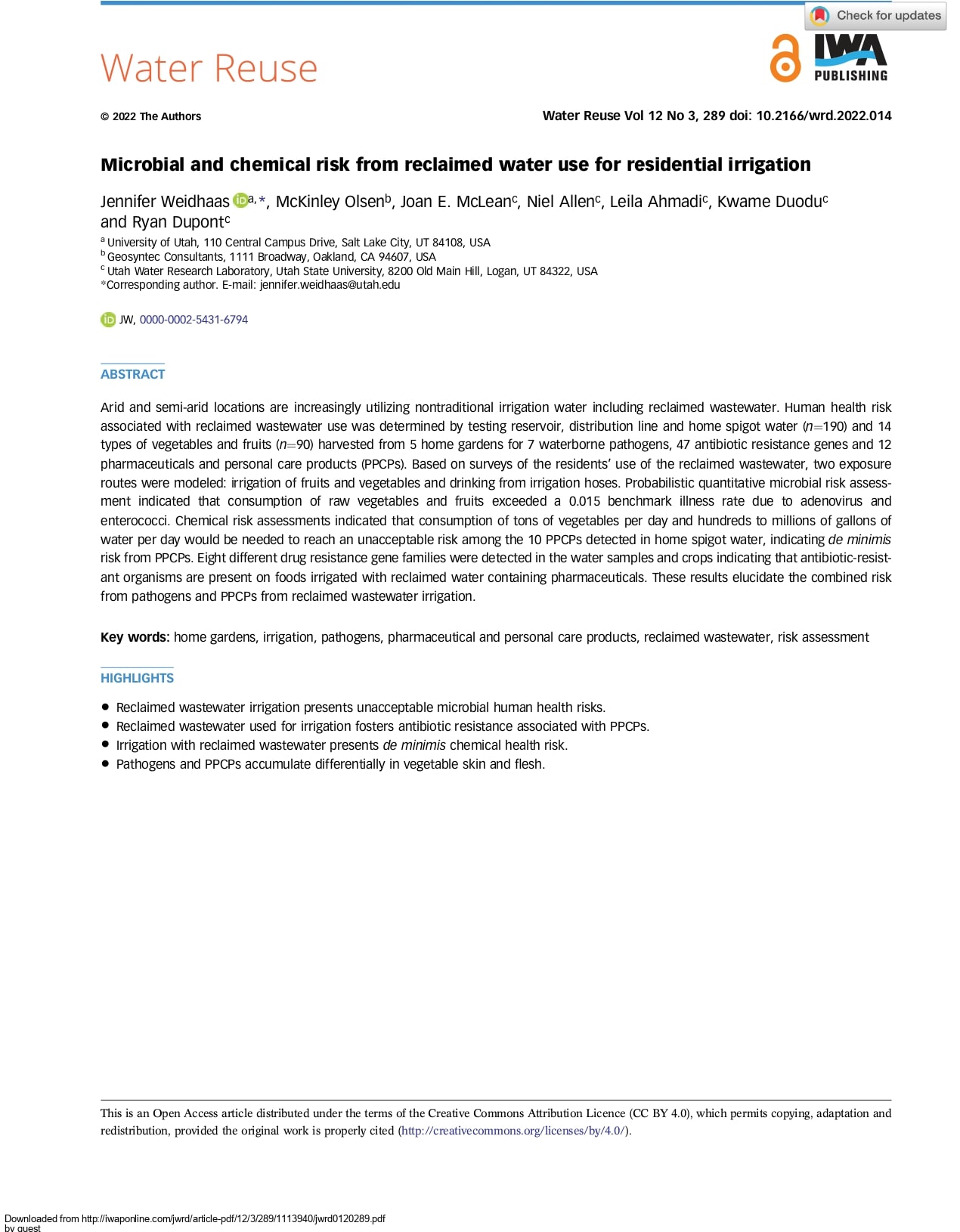

Reviews
There are no reviews yet.